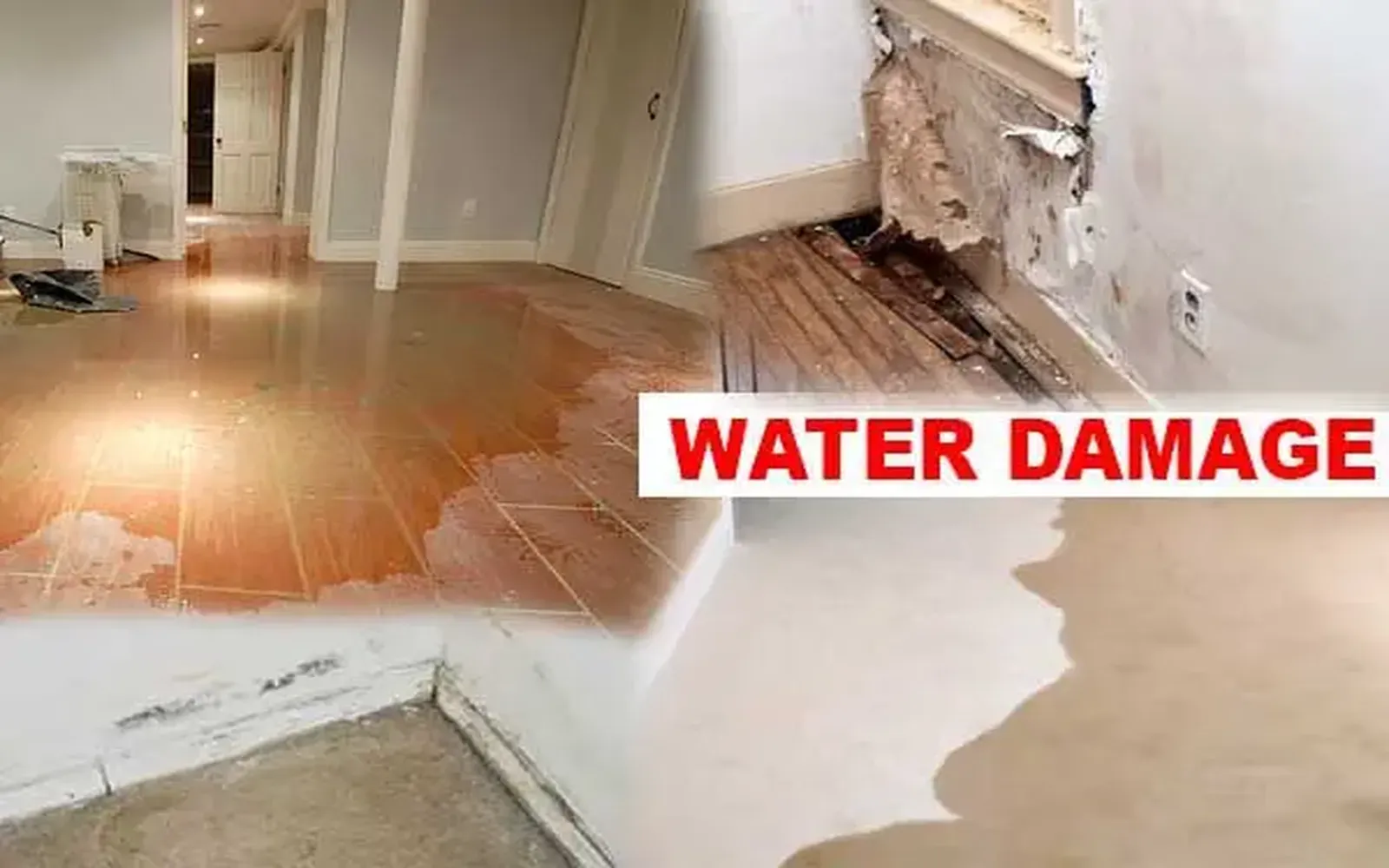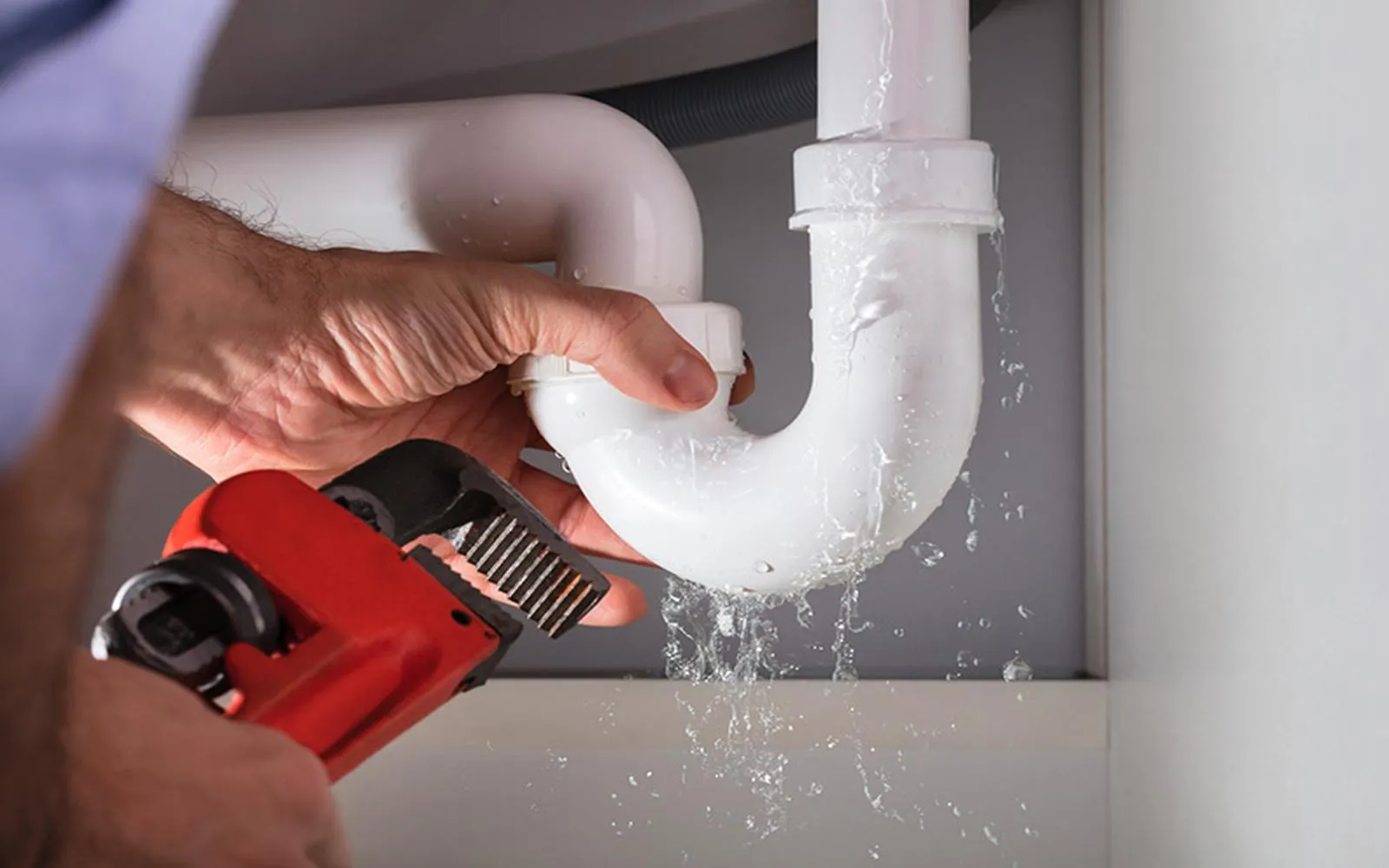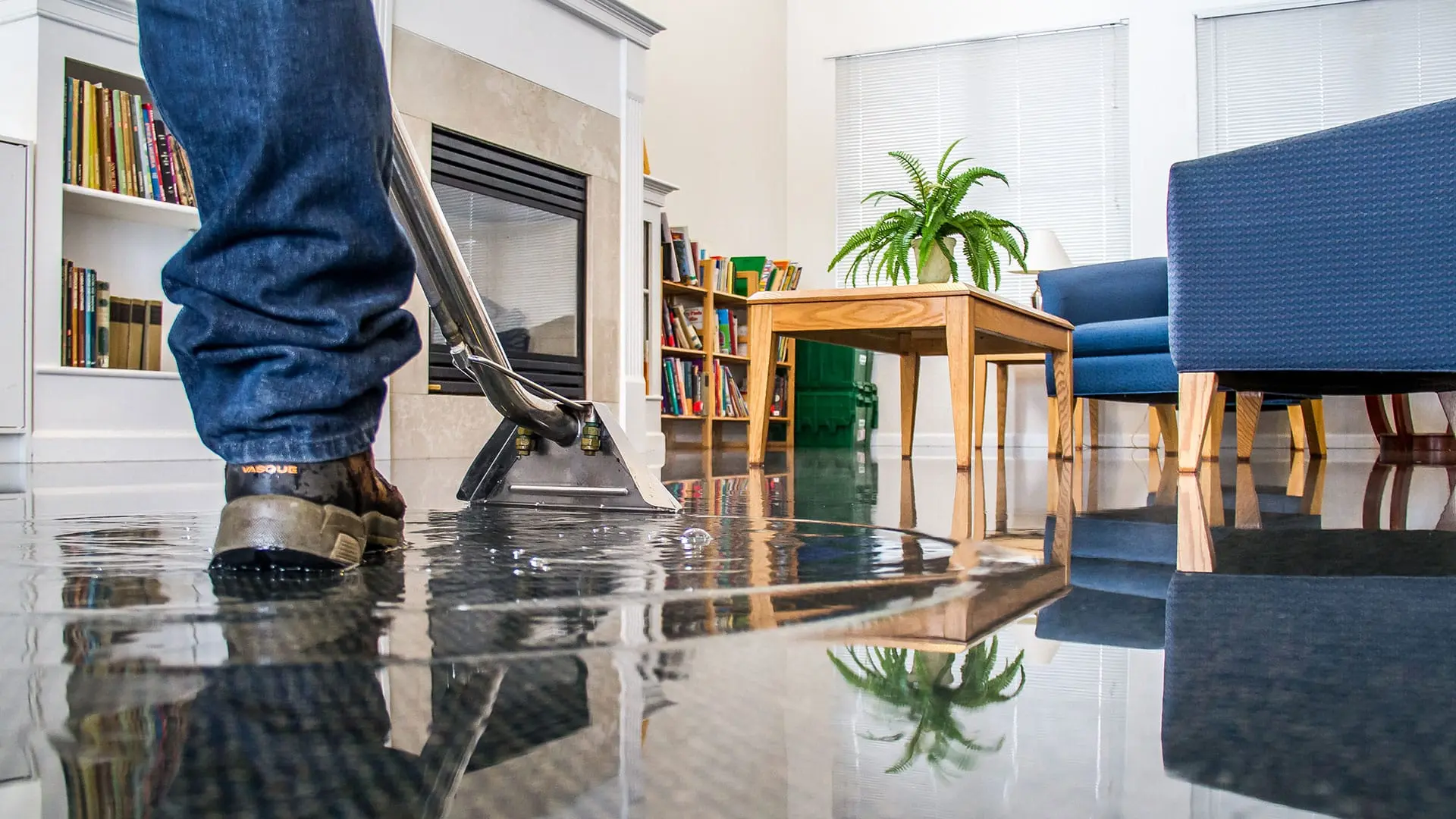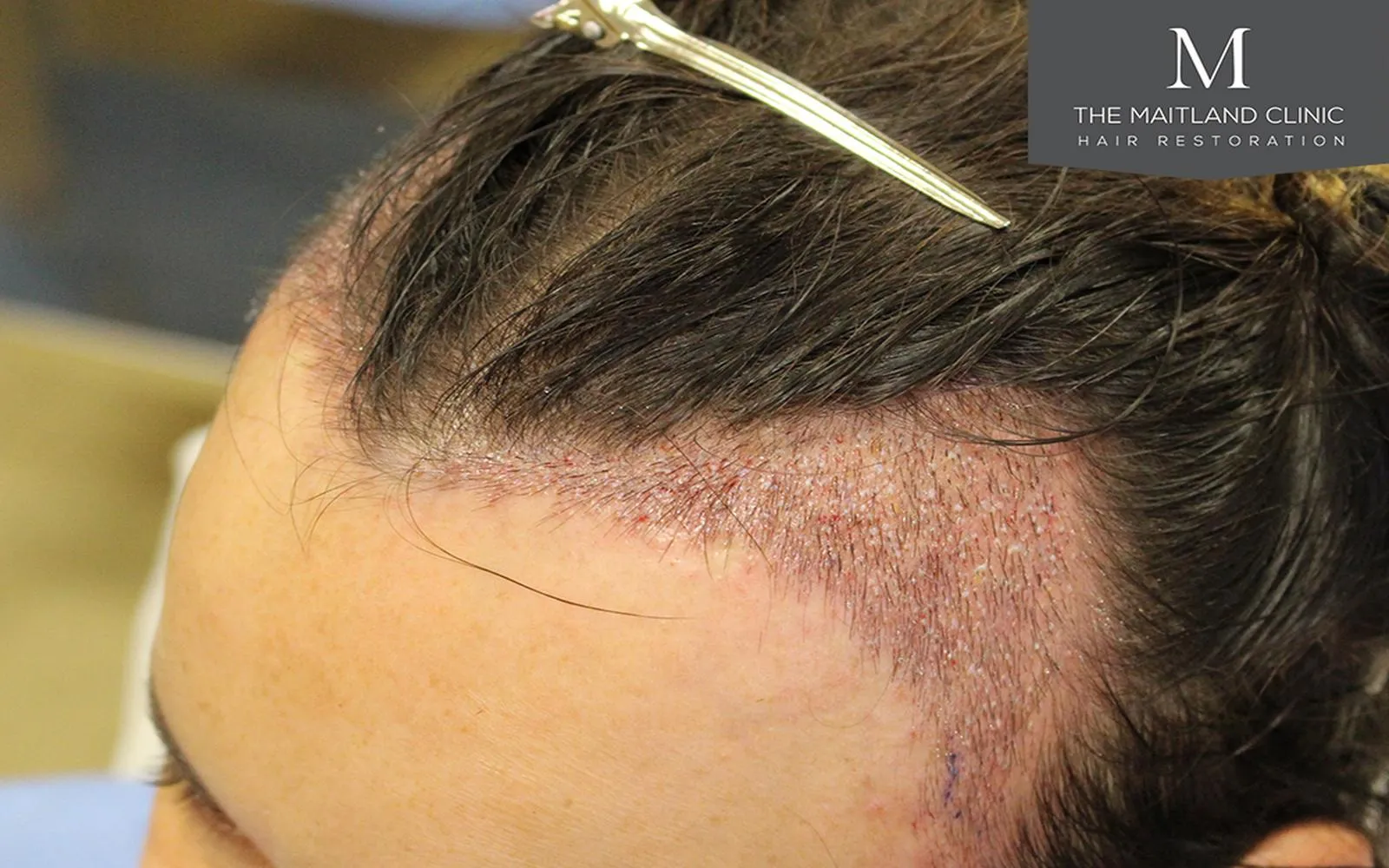Water Damage Roof Repair: Restore & Protect Your Home
Understanding Water Damage in Roofs
Water damage can wreak havoc on your home, especially when it originates from the roof. A roof is your home’s first line of defense against the elements. However, wear and tear, age, and harsh weather conditions can compromise its integrity, leading to leaks and subsequent water damage. Understanding the causes and consequences of water damage is crucial for homeowners to take preventive action and address issues promptly.
Common Causes of Roof Water Damage
Several factors can contribute to water damage in roofs. These include:
Signs of Water Damage
Being able to identify the signs of water damage early can save you significant time and money. Look for the following indicators:
The Importance of Timely Repairs
Delaying repairs can lead to more extensive damage, not only to your roof but also to your home’s structure and interior. Water damage can compromise the integrity of wood, insulation, and drywall, leading to costly repairs and even health hazards from mold growth. Therefore, timely intervention is crucial.
Assessing the Damage
Before you begin repairs, it’s essential to assess the extent of the damage. This can sometimes be done from the ground, but a closer inspection may be necessary. Here are steps for assessing roof damage:
DIY Roof Repair vs. Professional Help
Many homeowners consider tackling roof repairs themselves to save on costs. While some minor repairs can be done independently, such as replacing a few shingles or cleaning gutters, it’s often best to hire a professional for significant damage. Professionals have the experience, tools, and safety equipment to handle repairs effectively and safely.
Steps for Roof Repair
If you decide to take on roof repairs, here are the general steps to follow:
Preventative Measures
After making repairs, consider implementing preventative measures to protect your roof from future water damage:
Insurance and Water Damage Roof Repair
When dealing with water damage, it’s important to understand your insurance policy. Many homeowners’ insurance policies cover roof repair due to water damage, but the specifics can vary widely. Reviewing your policy and speaking with your insurance agent can clarify what is covered, including potential limits and deductibles.
Choosing the Right Roofing Contractor
If you opt for professional help, selecting a reputable roofing contractor is essential. Here are some tips:
Understanding the Costs of Roof Repair
The cost of roof repair can vary widely based on several factors, including:
Long-term Benefits of Roof Repair
Investing in timely roof repairs can lead to several long-term benefits:
Conclusion
Water damage roof repair is a crucial aspect of maintaining the integrity and safety of your home. By understanding the causes and signs of water damage, assessing repairs accurately, and taking preventive measures, you can protect your home from the damaging effects of water. Whether you choose to tackle repairs yourself or hire a professional, timely action is key to restoring and protecting your home.
Explore

Expert Water Damage Services: Restore Your Home with Professional Help

Water Leak Repair: Expert Tips to Fix & Prevent Damage

Finding the Best Water Damage Restoration Services Near You

Top 10 Effective Hair Loss Solutions: Restore Your Confidence Today!
How to Choose the Best Water Filter for Your Home

Fortifying Your Digital Fortress: Essential Security Tips to Protect Your Smartphone

Affordable Cloud Security: Protect Your Data Without Breaking the Bank

Best Cloud Security Services to Protect Your Business Data
